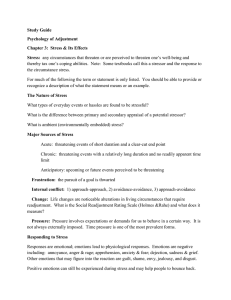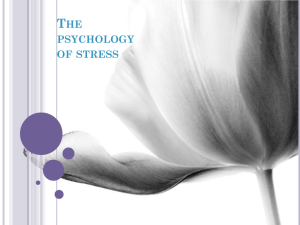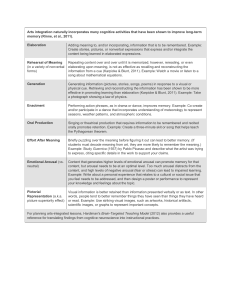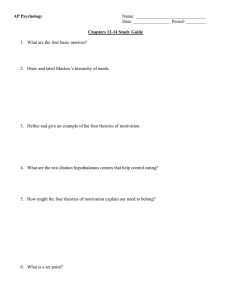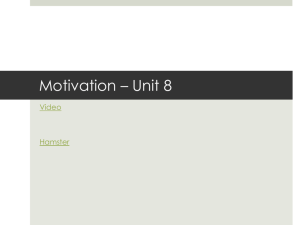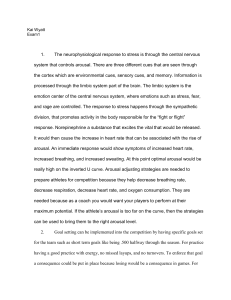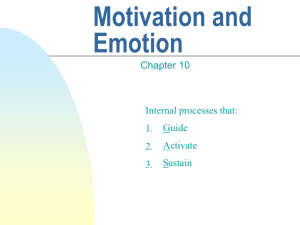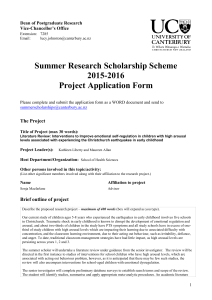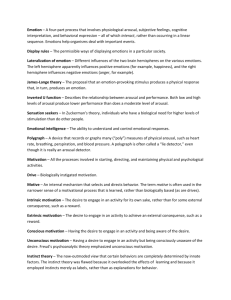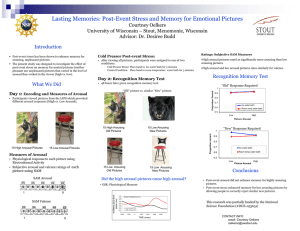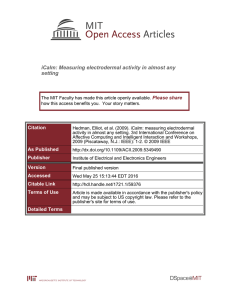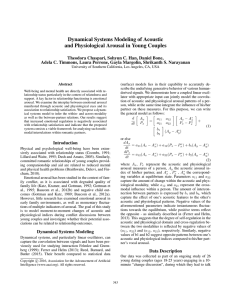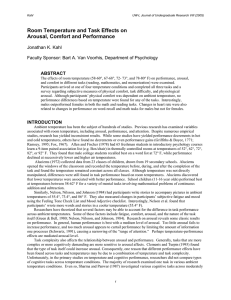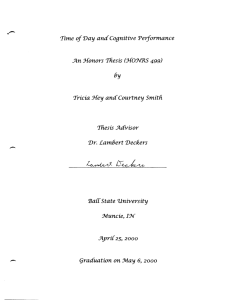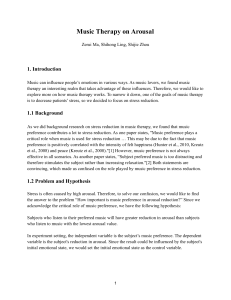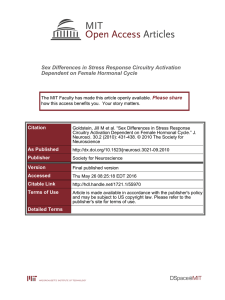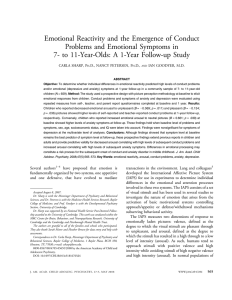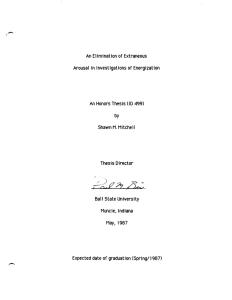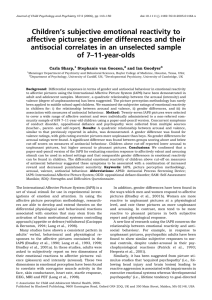What is Stress? Introduction
advertisement
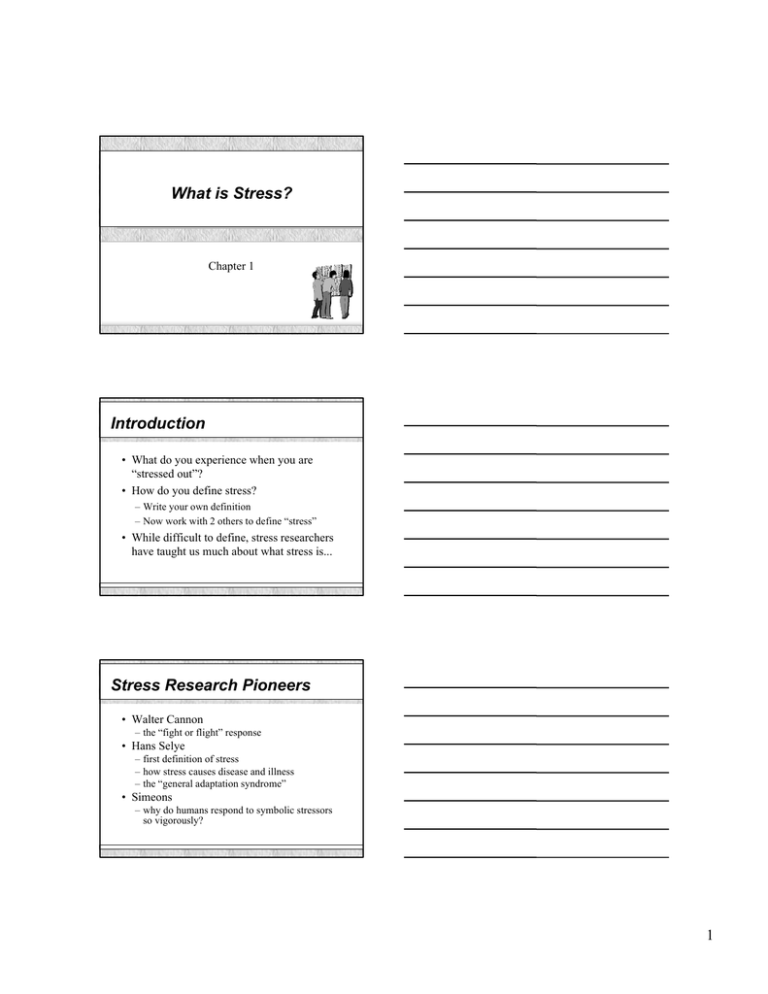
What is Stress? Chapter 1 Introduction • What do you experience when you are “stressed out”? • How do you define stress? – Write your own definition – Now work with 2 others to define “stress” • While difficult to define, stress researchers have taught us much about what stress is... Stress Research Pioneers • Walter Cannon – the “fight or flight” response • Hans Selye – first definition of stress – how stress causes disease and illness – the “general adaptation syndrome” • Simeons – why do humans respond to symbolic stressors so vigorously? 1 Stress Research Pioneers • • • • • Harold Wolff- intense stress & mortality Stewart Wolf- digestive function Larry LeShan/Simonton- stress & cancer George Engel- ulcers, sudden death Friedman & Rosenman- heart disease Relaxation Techniques • Meditation – Herbert Benson- TM & Hypertension – Luthe & Shultz: Autogenics • Muscular Relaxation – PMR- Edmund Jacobsen The Psychology of Stress • Holmes & Rahe– Life Change (Life Events) and Disease/Illness – The Social Readjustment Rating Scale (Try it) – Why was this important? What is wrong with LESs? • Richard Lazarus (& Susan Folkmann) – daily hassles – stress perception and stress response 2 Defining Stress: Stress & Stressor • A stimulus- the “stressor” – condition (external/internal) triggering fight/flight (fright?) response. – e.g., “This pop quiz is stressful” • A response– Stress Reactivity- characterized by intensity(degree), duration & recovery – Distress & Eustress---adaptations (Selye) (look) – e.g., “My Heart is racing” Defining Stress- Holistic • An Interaction between Stress & Response – point in time – e.g., stress is public speaking for COM101 • A spectrum of factors interacting – less specific but assumes cognitive, social, physiological, environmental stimuli – e.g., “Being a student is stressfull” The Body During Stress: Selye • Cannon- fight/flight • Selye-The General Adaptation Syndrome – a three stage model that explain how the body respond to demands (stressors) and how stressrelated illness develops (beware book definition) • Stage 1: Alarm • Stage 2: Resistance • Stage 3: Exhaustion 3 The General Adaptation Syndrome Stress Management Goals • Limit the harmful effects of stress • Engage our lives sufficiently to add and improve quality/vitality – too much demand and too little are not healthy – flow Social Readjustment Rating Scale Back 4 Arousal -Performance Curves Stick Shift Sprint Race Typing a Paper Figure 13.5 (BACK) Arousal and performance. Graphs of the relationship between emotional arousal and task performance tend to resemble an inverted U, as increased arousal is associated with improved performance up to a point, after which higher arousal leads to poorer performance. The optimal level of arousal for a task depends on the complexity of the task. On complex tasks, a relatively low level of arousal tends to be optimal. On simple tasks, however, performance may peak at a much higher level of arousal. 5
